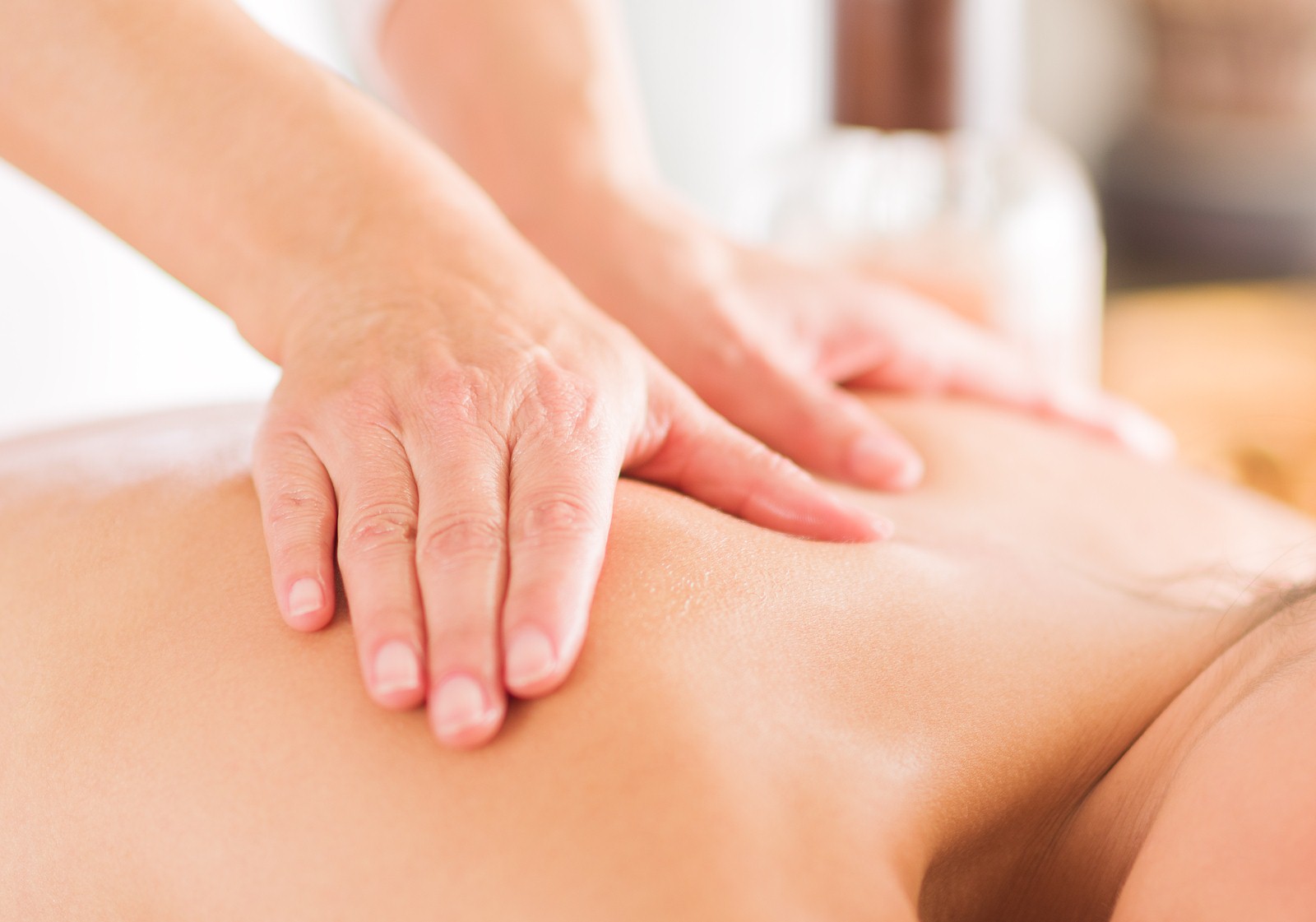8 Tips For Your First Massage Therapy Session
 Every day stress is assaulting your body and your mind. Don’t believe me? Check out WebMD, who list not only a laundry list of effects of stress, but note that OSHA has declared that stress is costing American industry more than $300 billion a year. And you are paying a percentage of that amount.
Every day stress is assaulting your body and your mind. Don’t believe me? Check out WebMD, who list not only a laundry list of effects of stress, but note that OSHA has declared that stress is costing American industry more than $300 billion a year. And you are paying a percentage of that amount.
Fortunately, relief is in sight. By signing up for treatment by a Licensed Massage Therapist, you can not only begin to relieve your stress, but to get to work on muscular problems, postural issues, and even emotional side effects. Even the Department of Health and Human Services notes that a single massage treatment has positive effects on human physiology. Here are a few things you should do before your first massage session:
1. Relax
Like any new experience, massage therapy can be a little intimidating. Relax. Your massage therapist is trained and comfortable with introducing new clients to the benefits of massage therapy. All you need to do is bring an open mind.
2. Don’t Choose Blindly
Speaking of your massage therapist, don’t just randomly choose one out of the phone book or off of the internet. Someone you know has already experienced the benefits of massage therapy. Ask around, and get a referral or two. The best massage therapists have been in business for 5 years or more, with hundreds of clients and many hours of continuing education under their belts. However, if a friend or family member recommends a gifted therapist who is just out of school, go ahead and give them a try – everyone had to start somewhere!
3. Be Prepared
After you’ve made your first appointment, make sure you have a few things ready to go. Your therapist will want you to fill out some new patient paperwork when you arrive. They will want to know about things like chronic conditions, prescribed medications, and a history of injuries. Your therapist is not being nosy. They are medical service providers who want to ensure that their treatment is not contraindicated by anything on your paperwork. They also want to be aware of chronic or recent injuries so that they can be aware of the affected area before they begin bodywork.
4. Identify Your Issues
You may be surprised to find out that a typical massage session will not necessarily cover your entire body. Be sure to talk with your new therapist about aches and pains you are already suffering on a daily basis. If you are suffering from work or home-related stress, mention that as well. Every bit of information your therapist has about your current condition will help them target the areas that would be most beneficial for them to work on, according to Alpha Spine and Wellness.
5. Ask Questions
While you are filling out your paperwork and before your session begins, ask questions! Your therapist should be happy to talk about their education, how many years they have been in business, and what massage modalities they specialize in. Since many of these modalities (or types of massage) may be unfamiliar to you, feel free to ask what they involve, and what they are generally used for.
6. Be Comfortable
Now, the part that makes many people the most uncomfortable about massage therapy – disrobing. Your massage therapist will leave the room and ask you to place yourself on the massage table. Note that you do not have to be totally nude for massage therapy. However, the more clothing you leave on, the more impeded the massage therapy will be. A reasonable compromise is to undress down to the level of coverage a swimsuit would provide you. Your therapist is not trying to see you naked (you will be covered by a sheet for the whole treatment.) They merely want the best access they can get to areas of the body that they need to work on.
7. Relax (again)
Now, relax (again.) Your therapist will begin work on you, normally starting with areas you identified as being painful or uncomfortable. If at any time you experience pain or discomfort, tell your therapist. They can decrease pressure or modify strokes until you are comfortable. Breathe deeply and enjoy the sensation of stress and muscular tension leaving your body.
8. Know What’s Coming Next
After a massage, hydration is important – try to drink water constantly the rest of the day. If at all possible, try to relax the remainder of the day after your treatment. And know that you may be a little sore the next day after a massage, like after a good workout. Even though you’ve been lying down, your muscles have been getting worked on.
After a massage, you will be amazed at how good you feel. So much so that your fingers will begin twitching to call for another appointment. Go ahead and call! Regular massage therapy is one of the best things you can do to fight back against daily stress and muscular strain. Take care of your body, and it will take care of you.

















